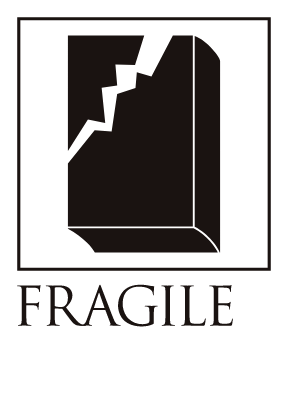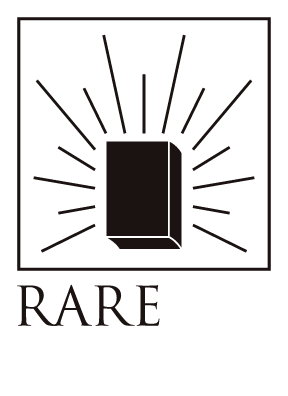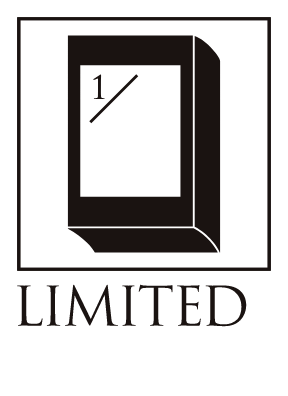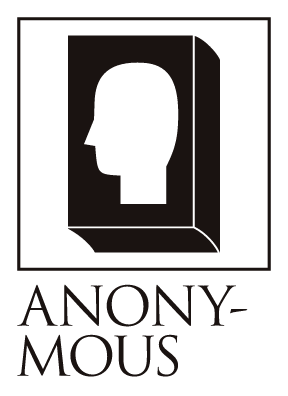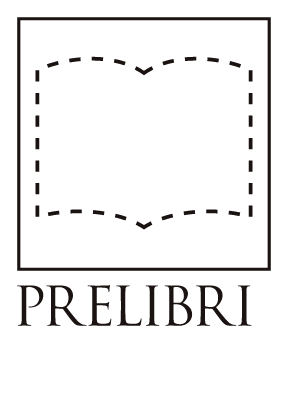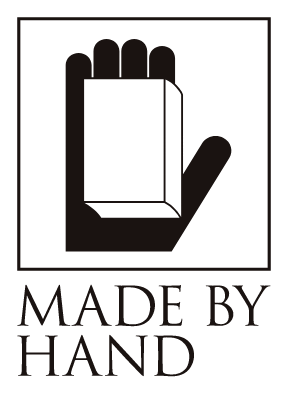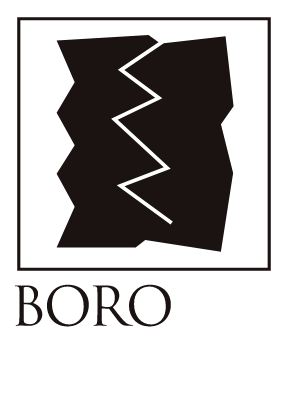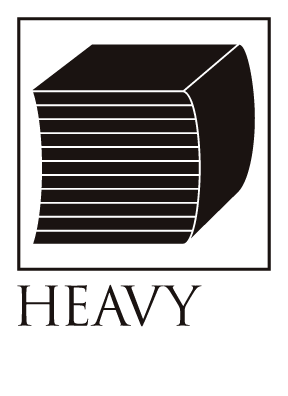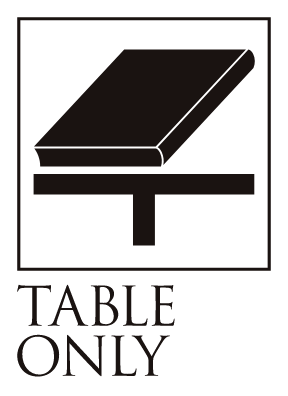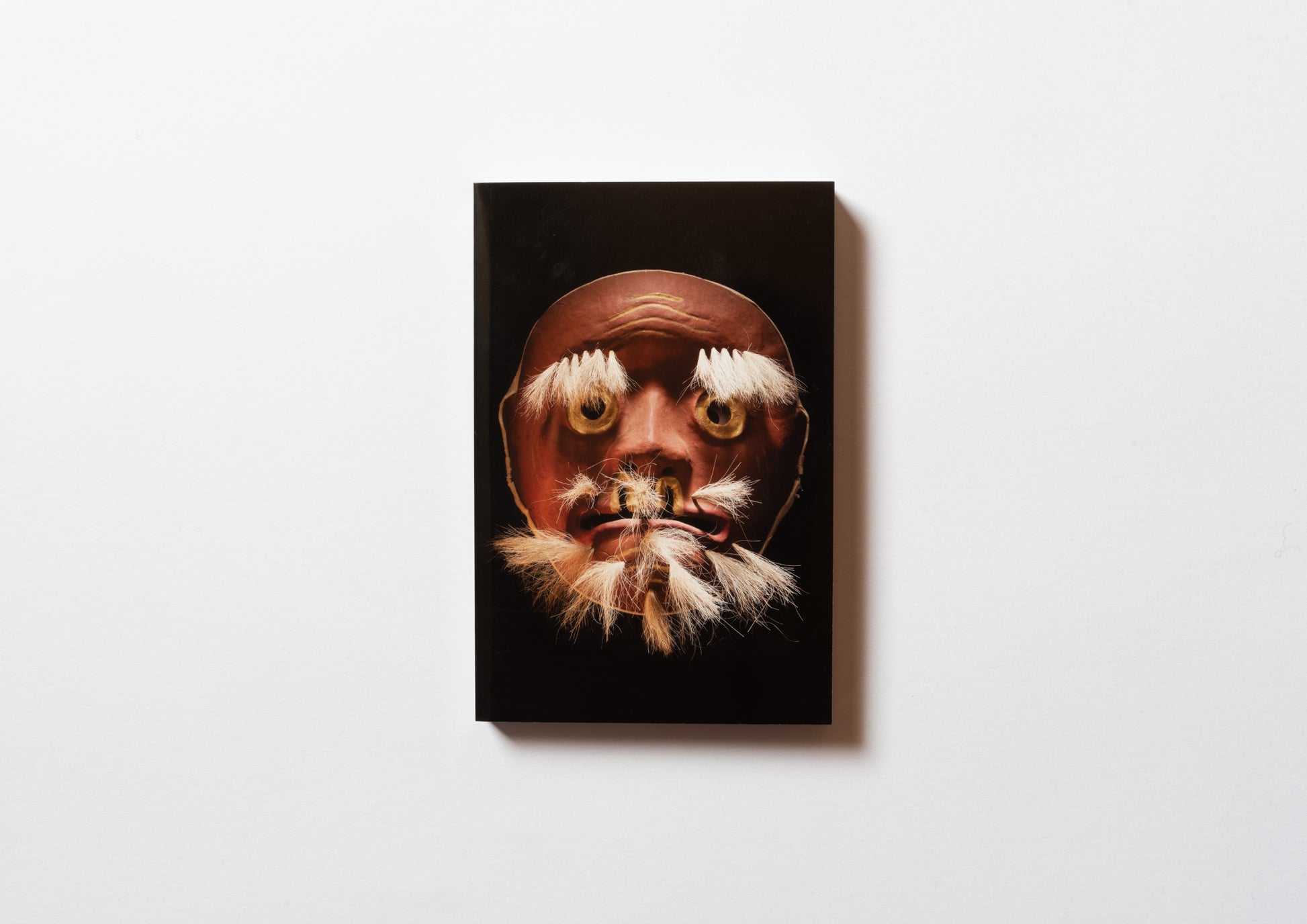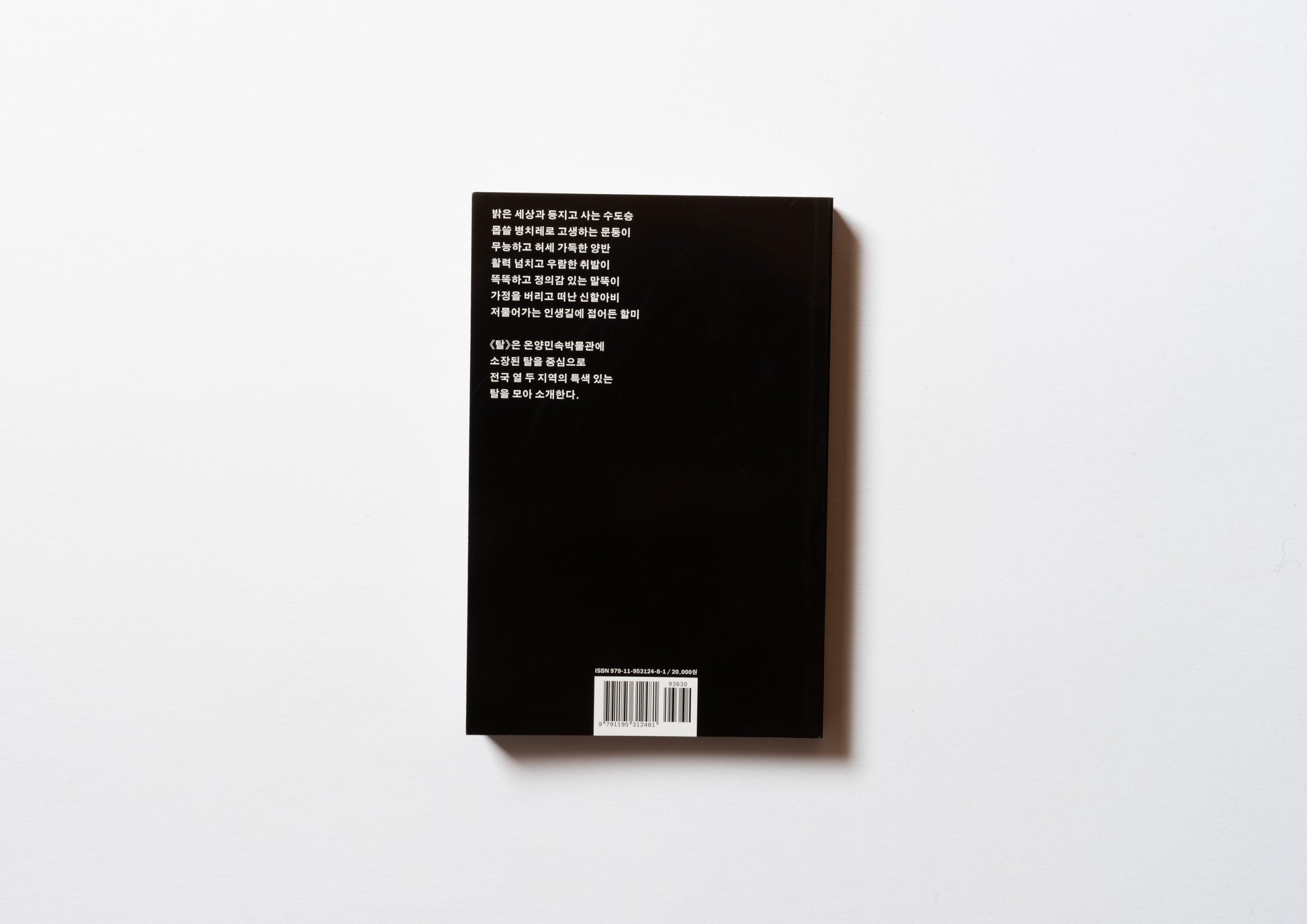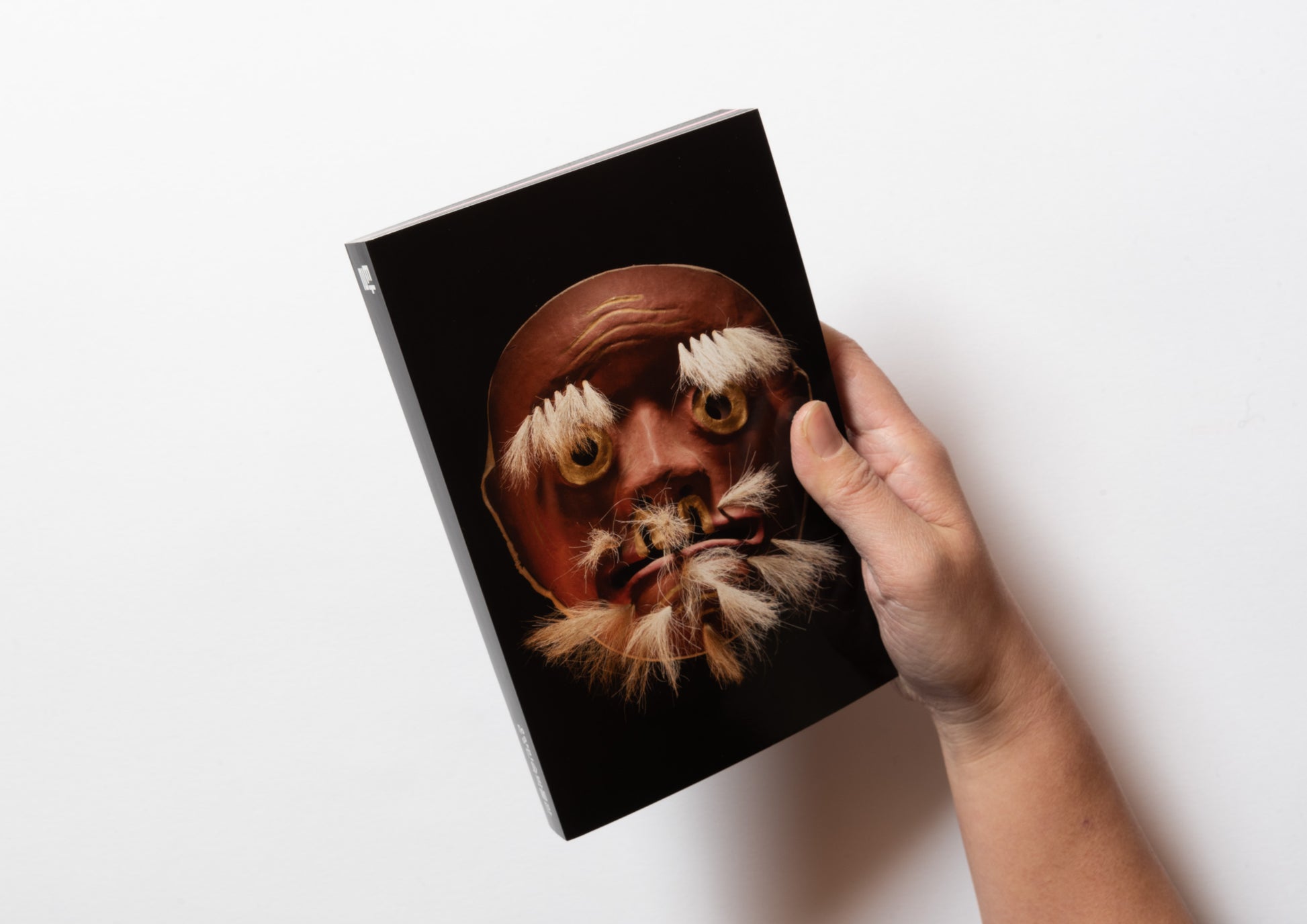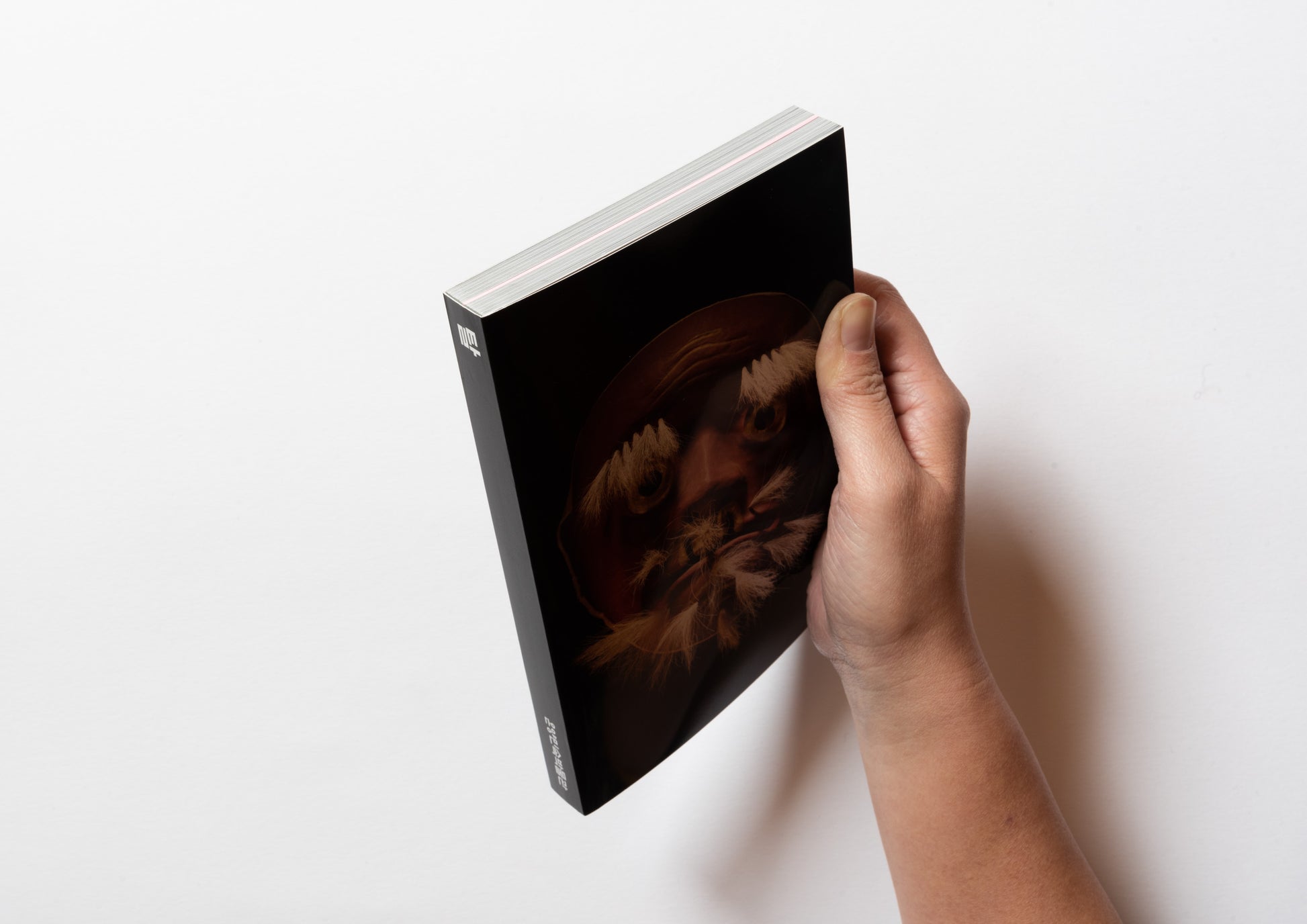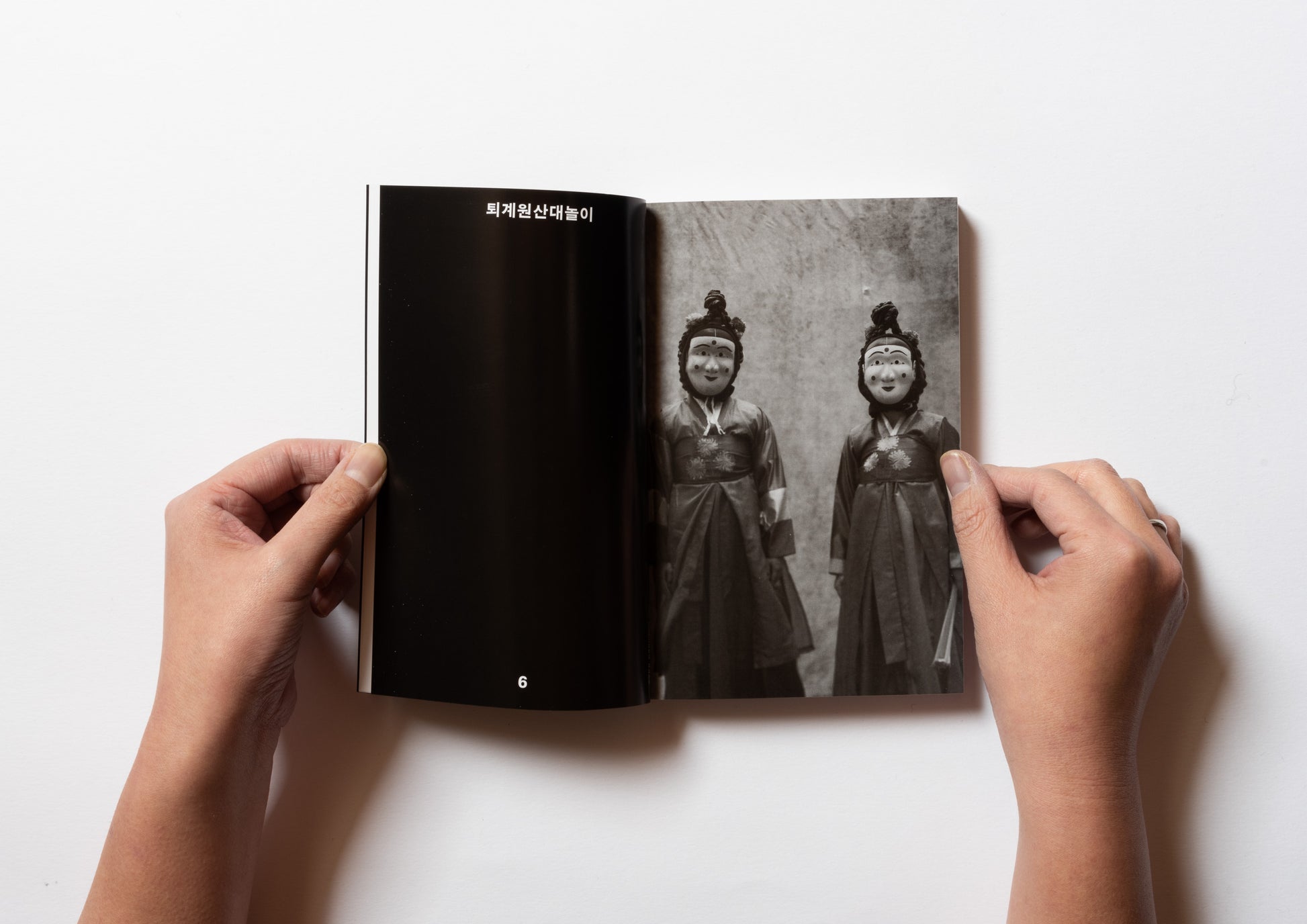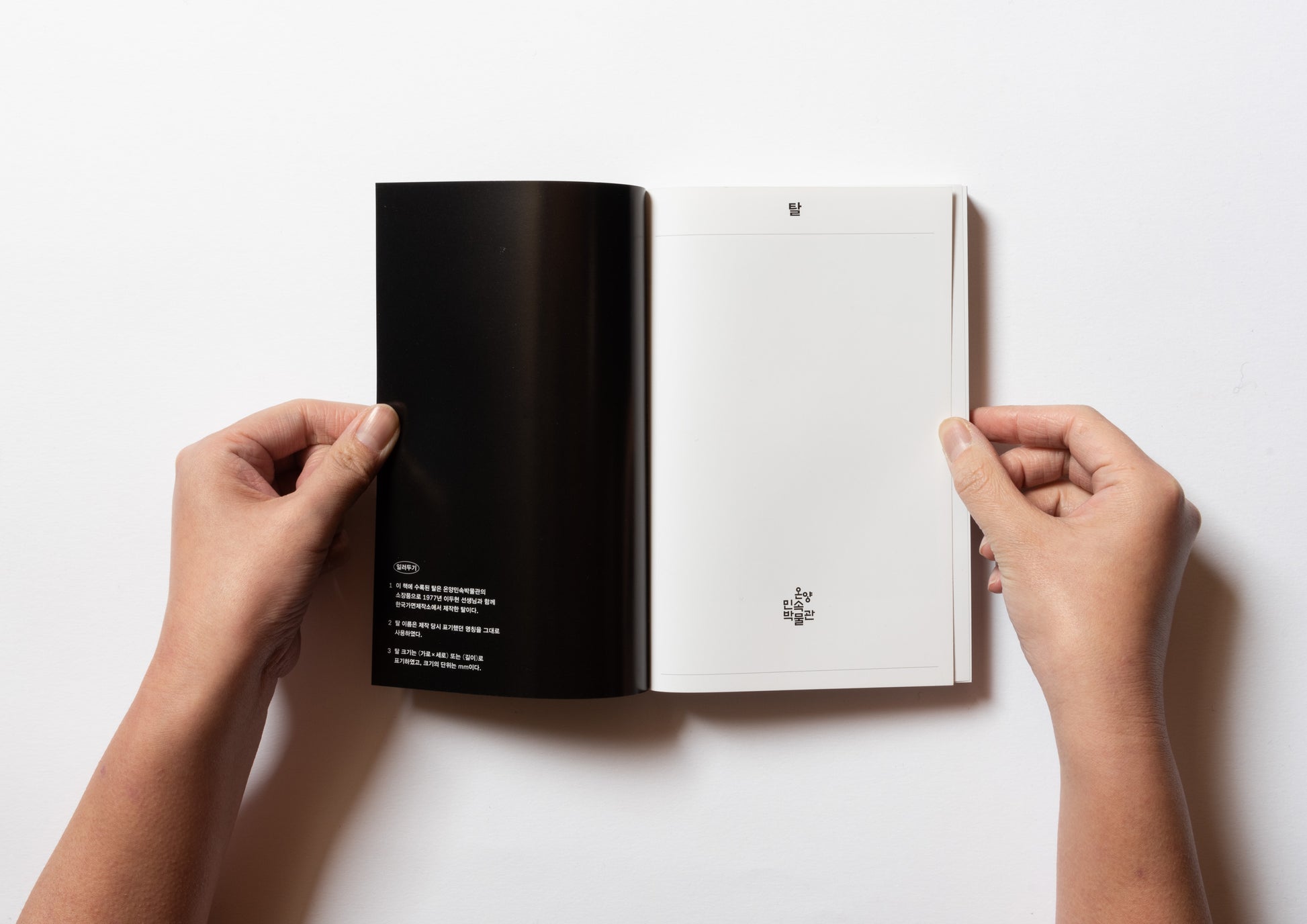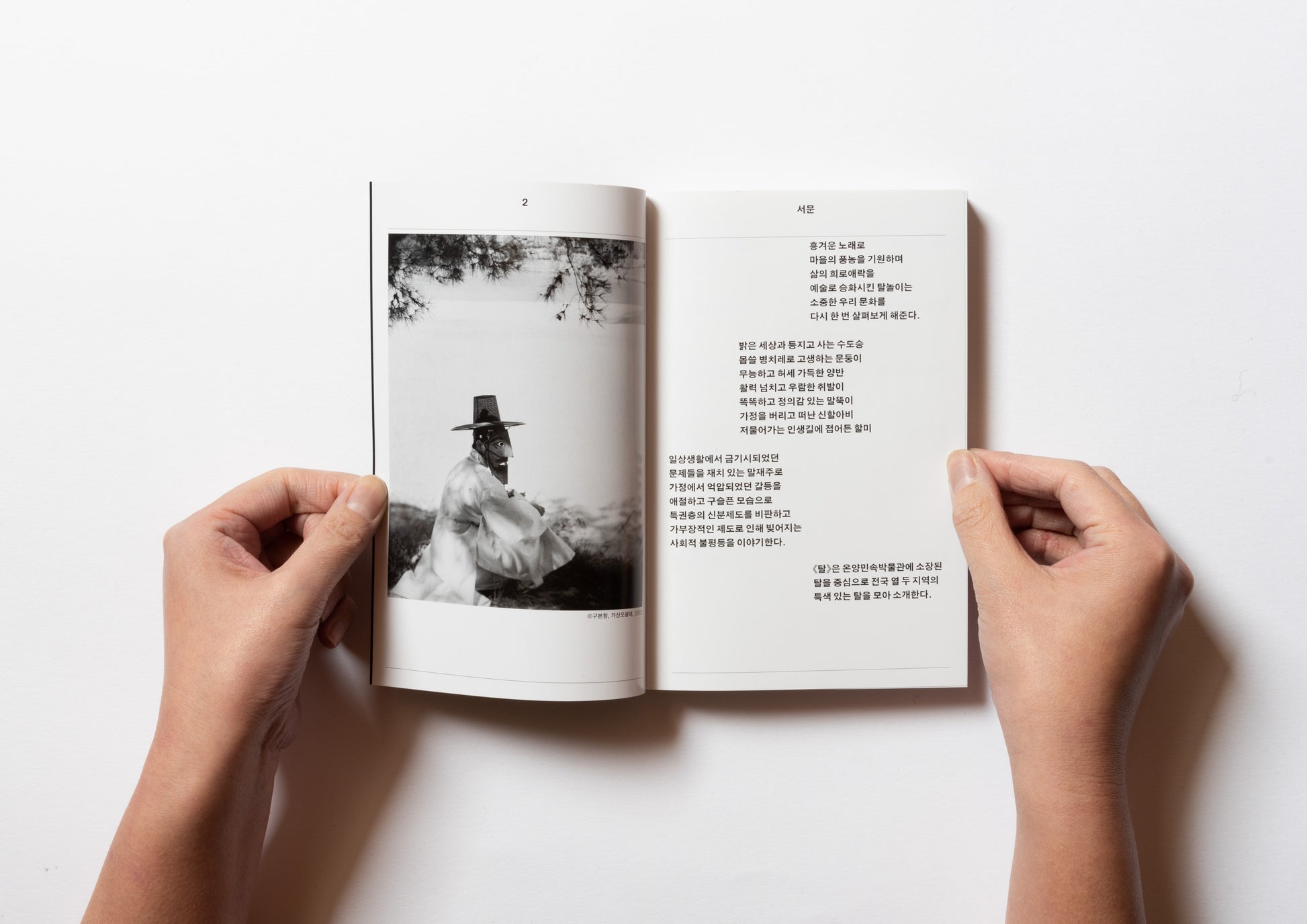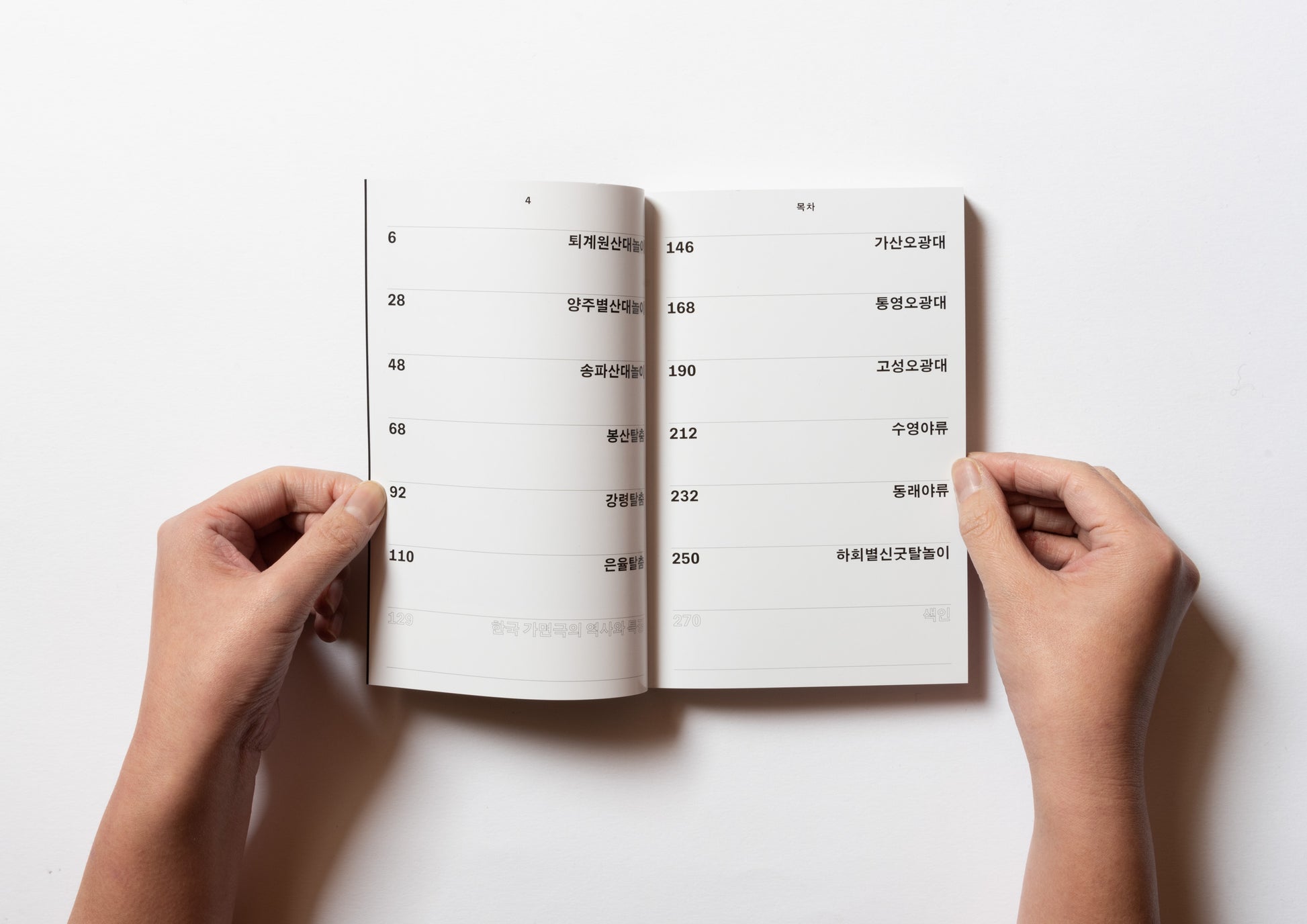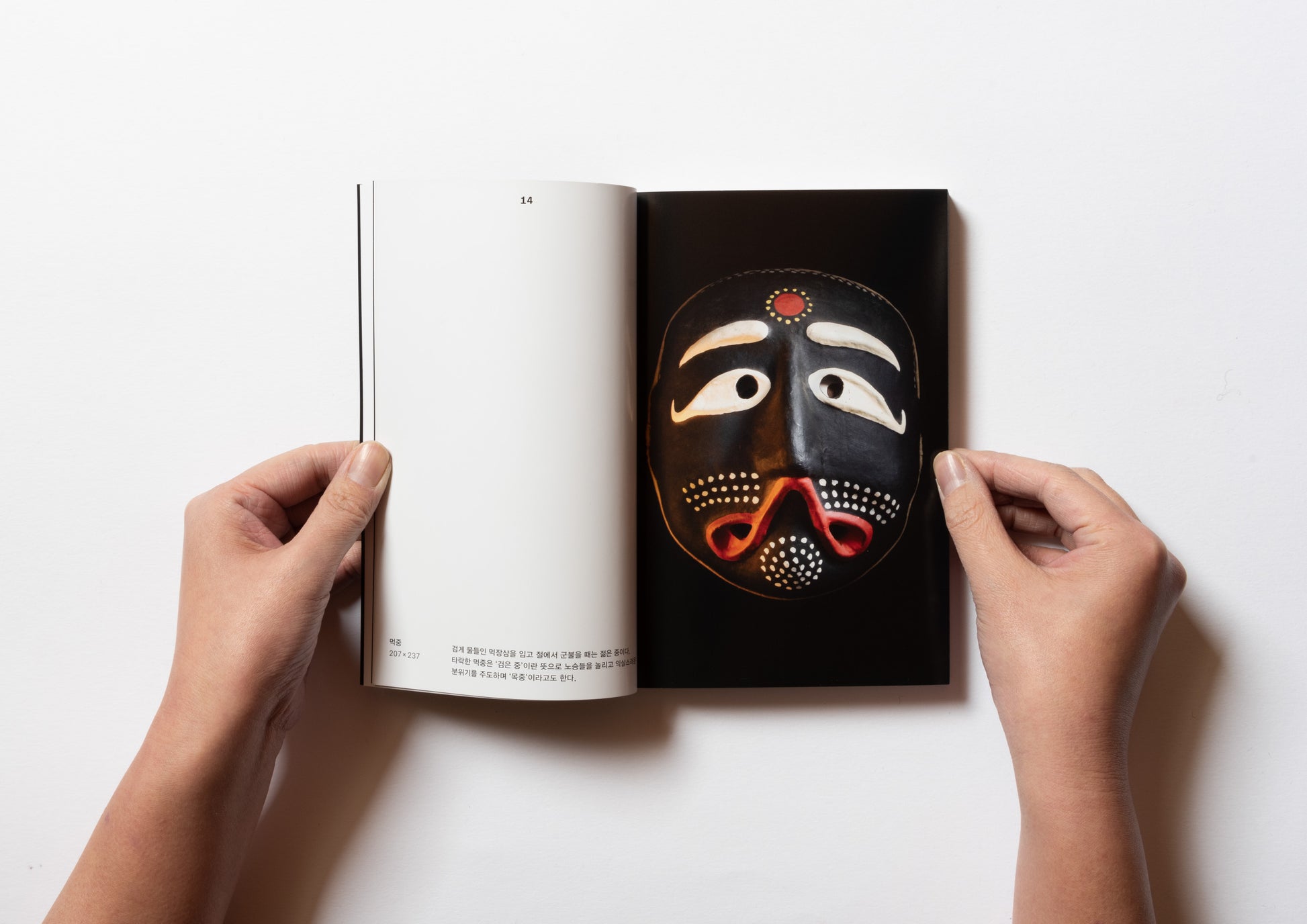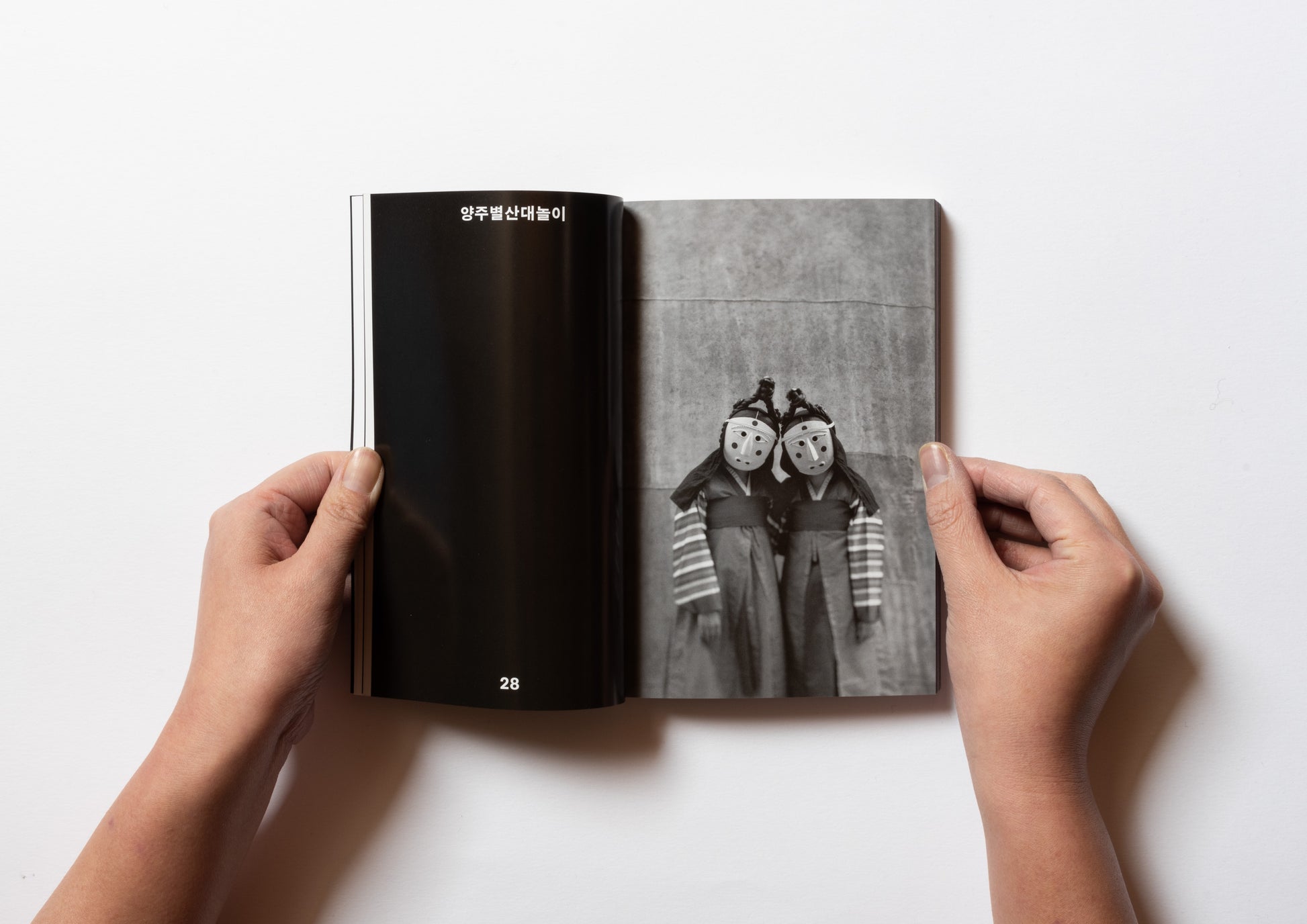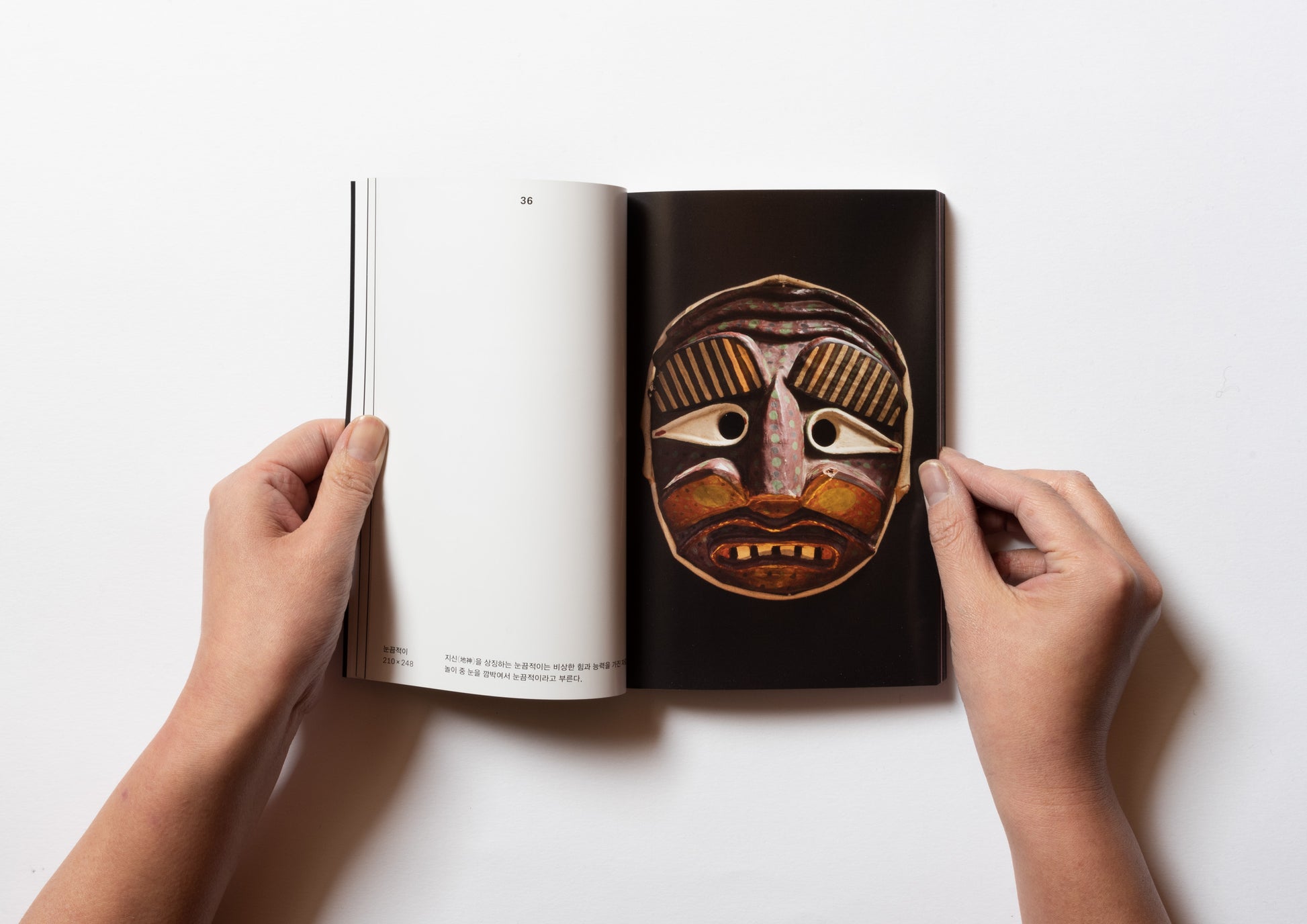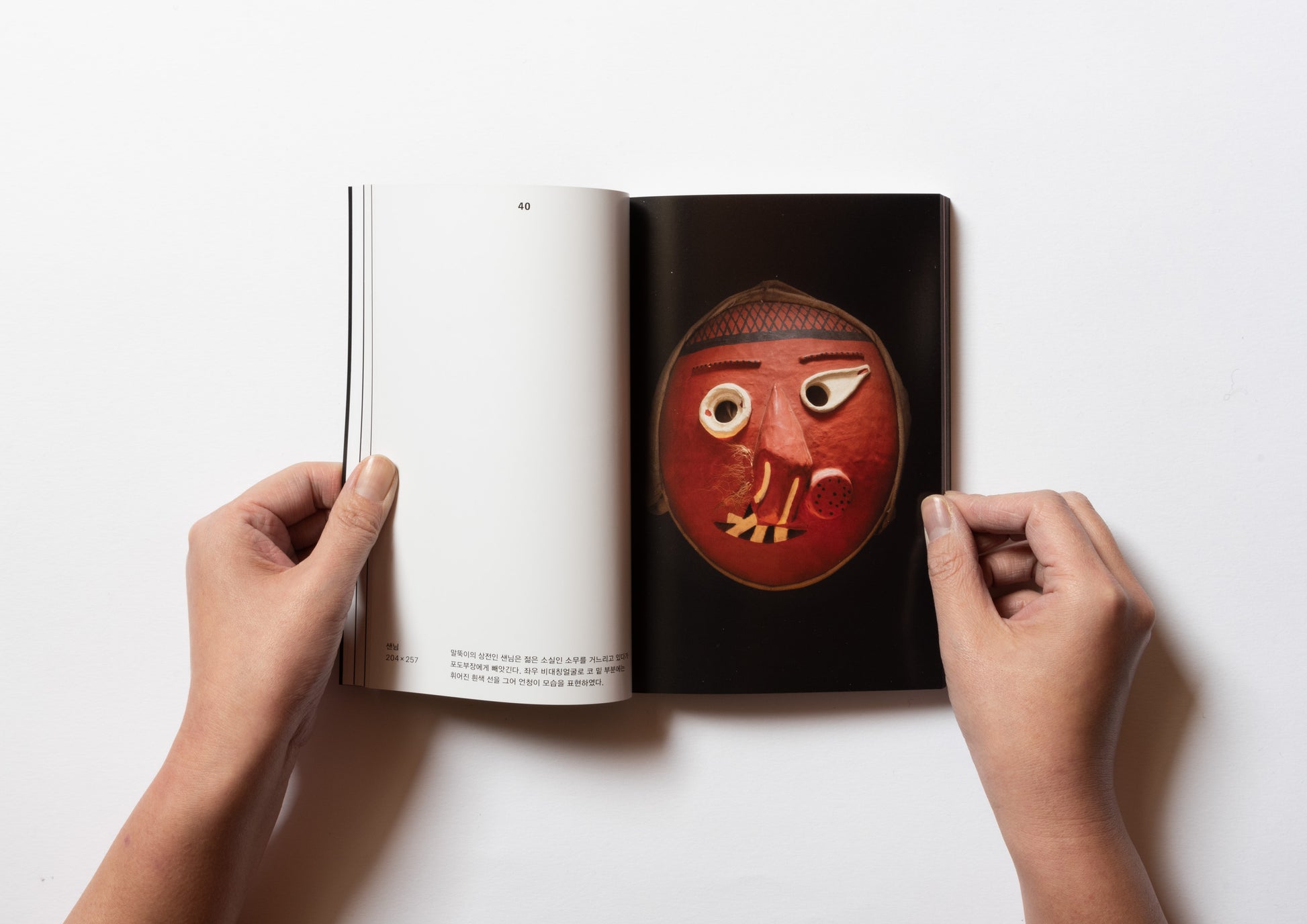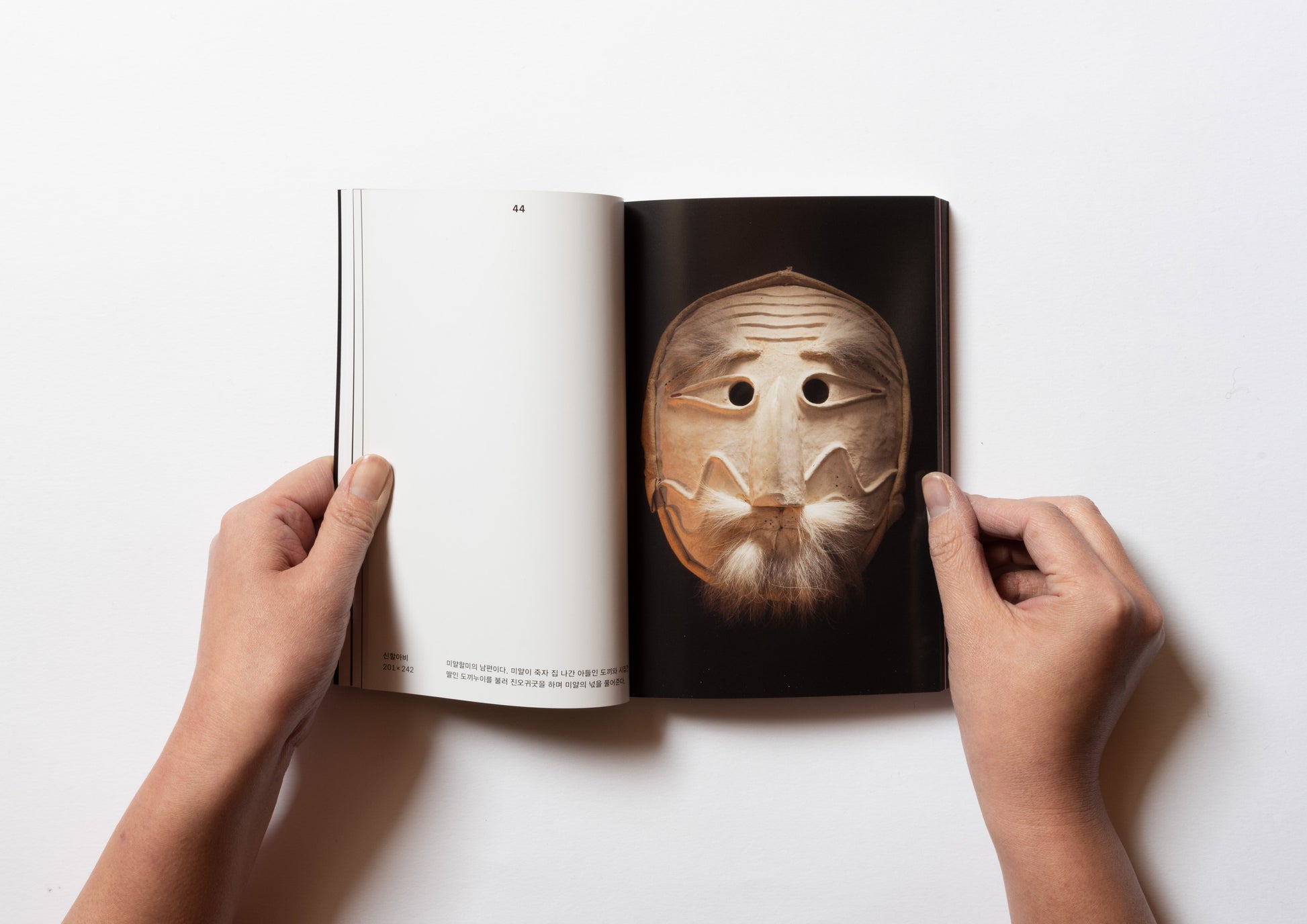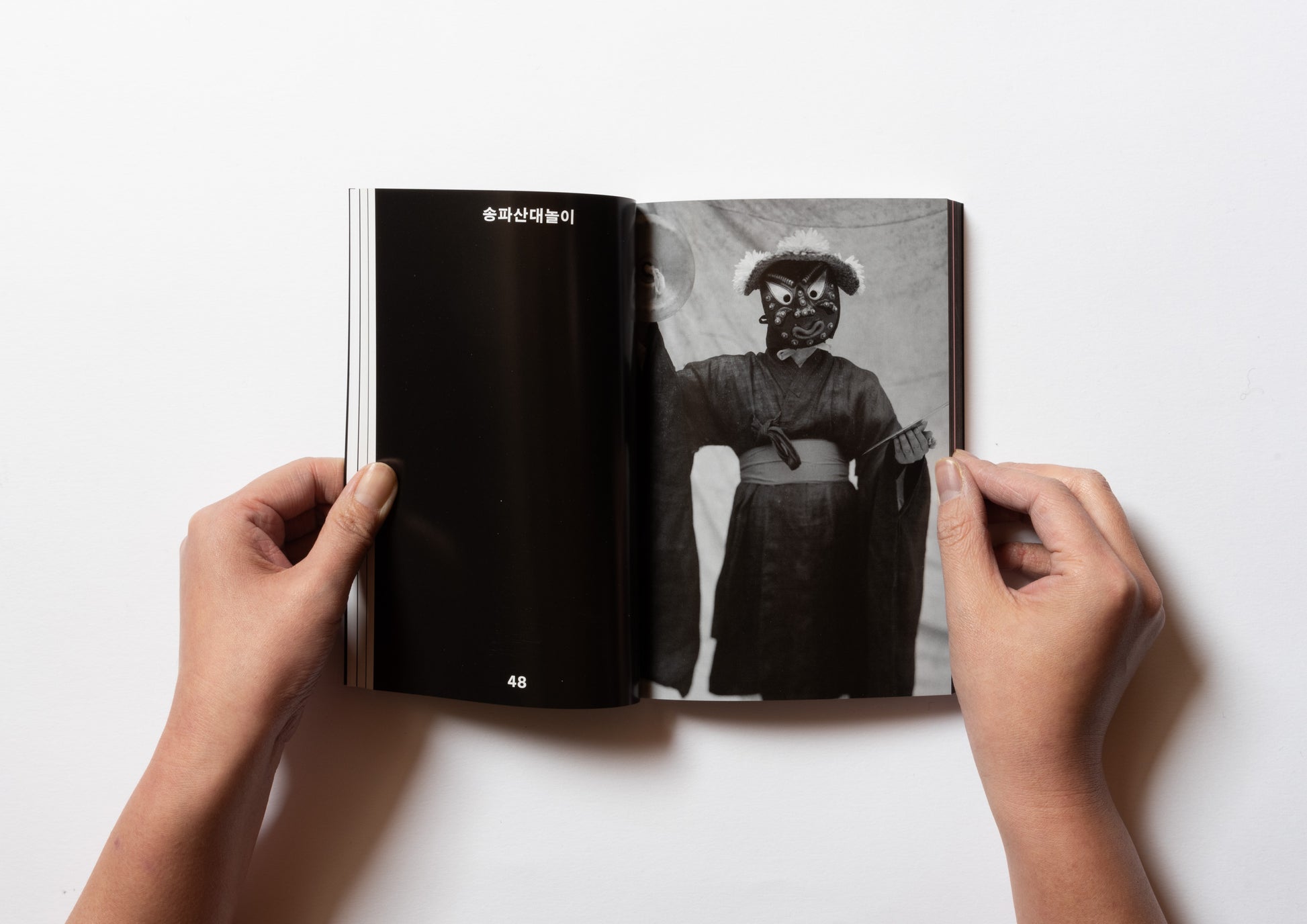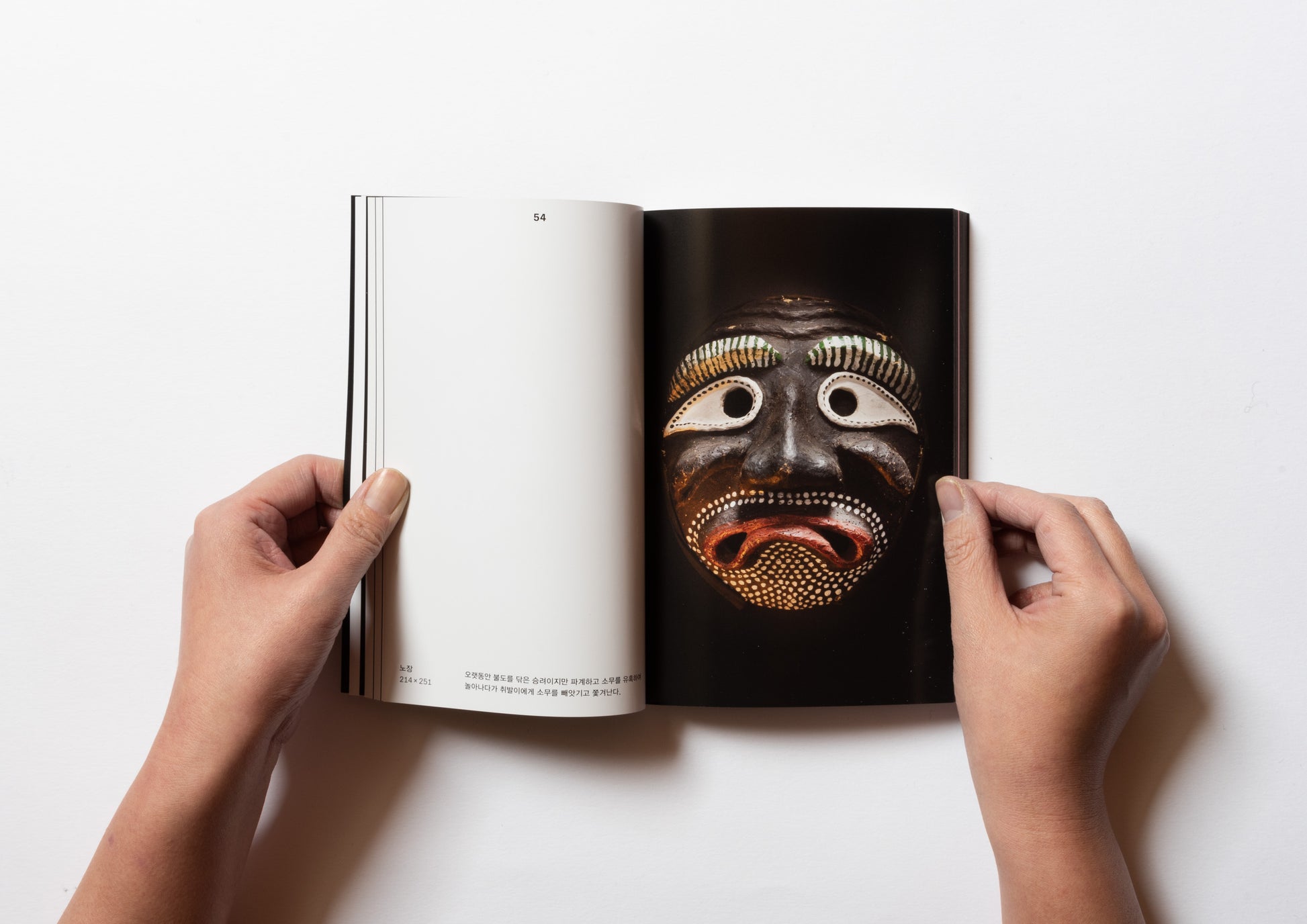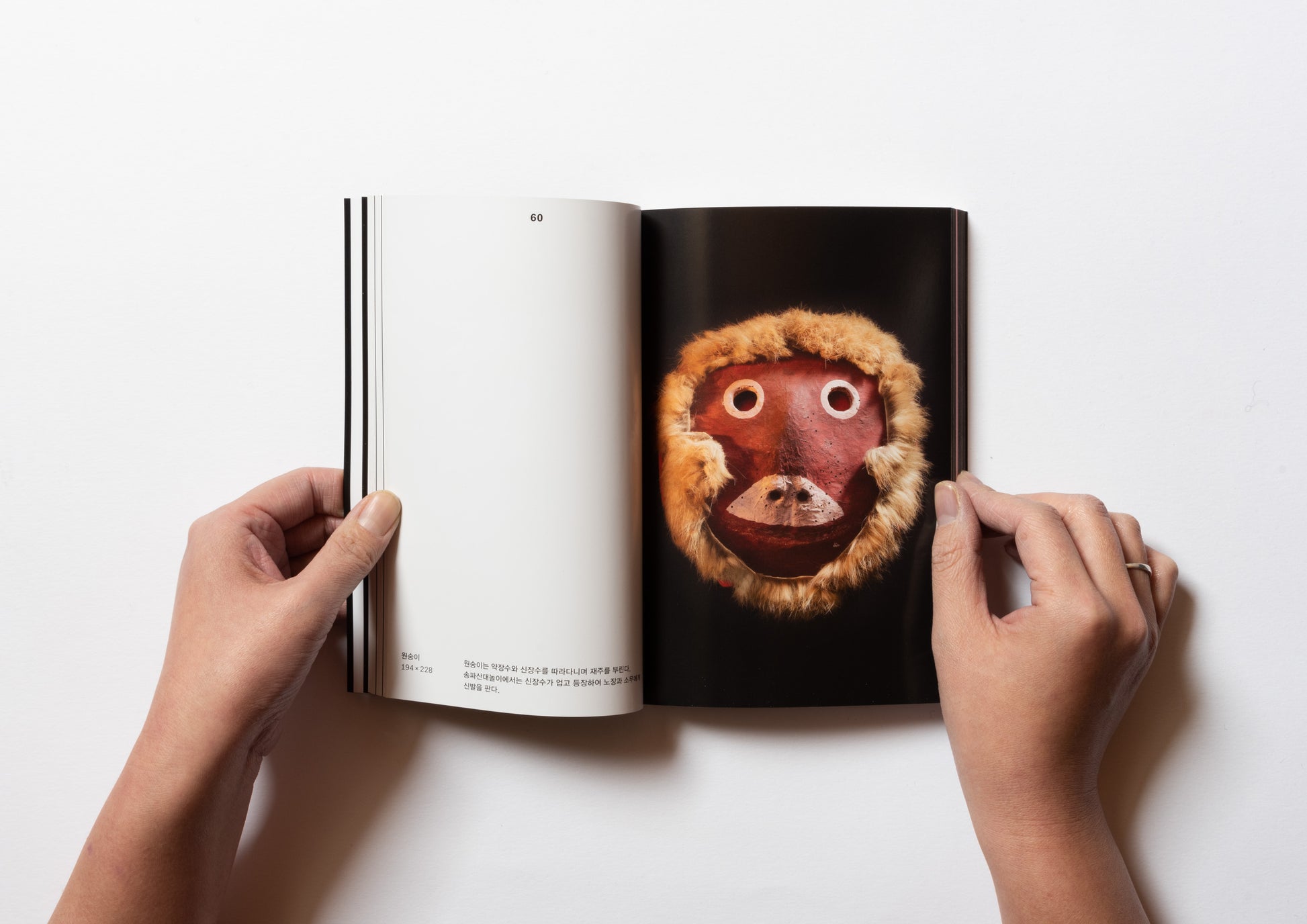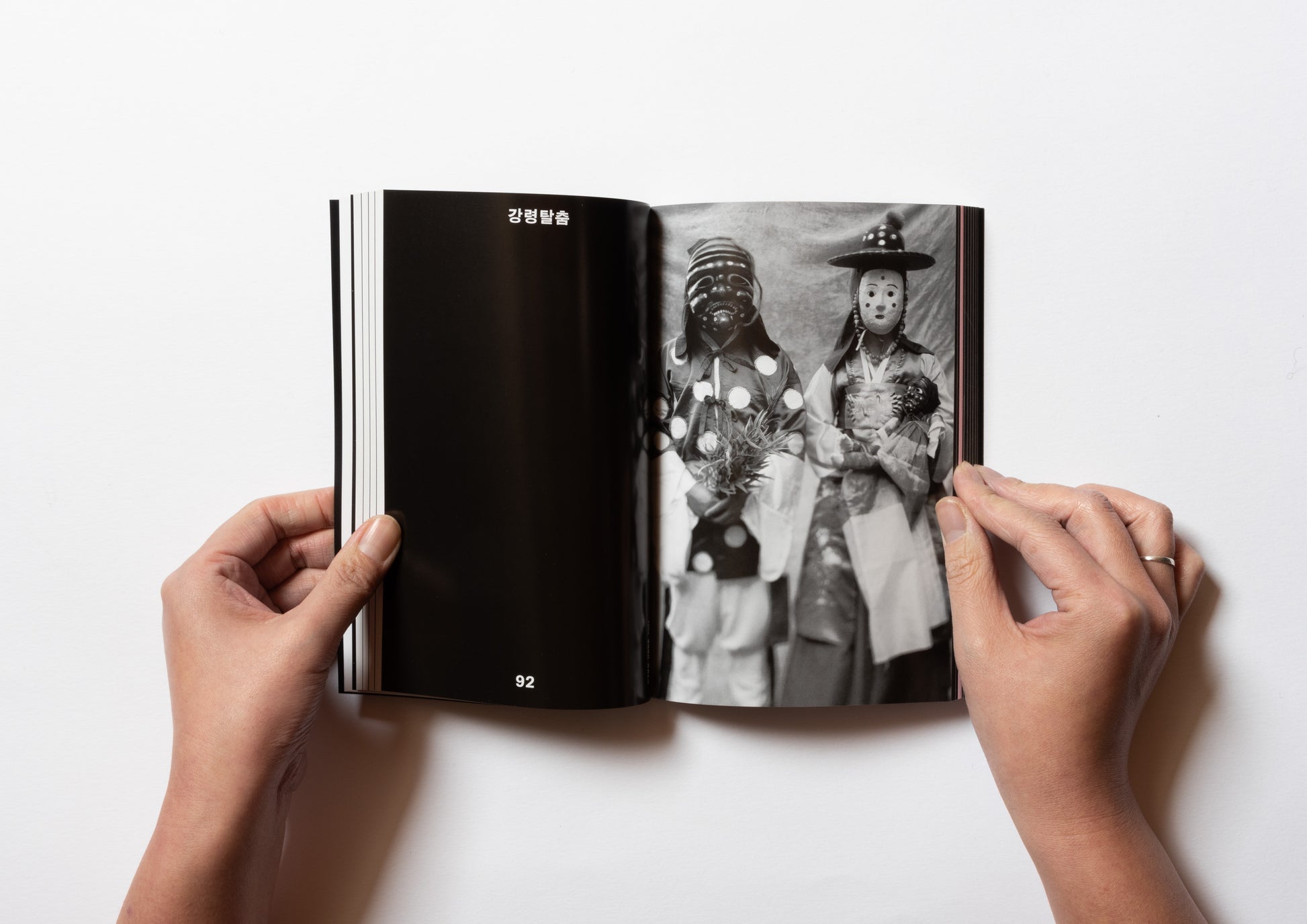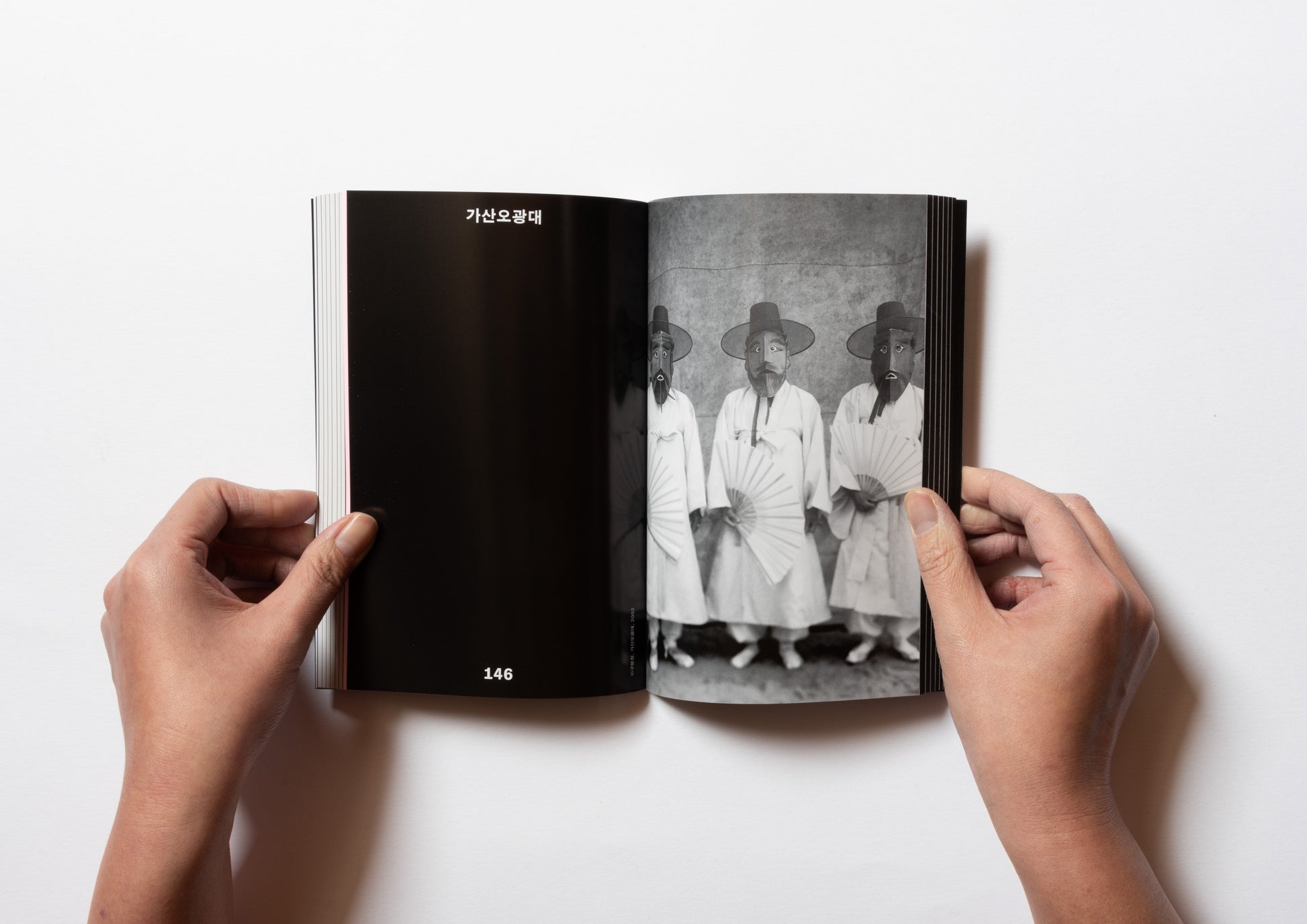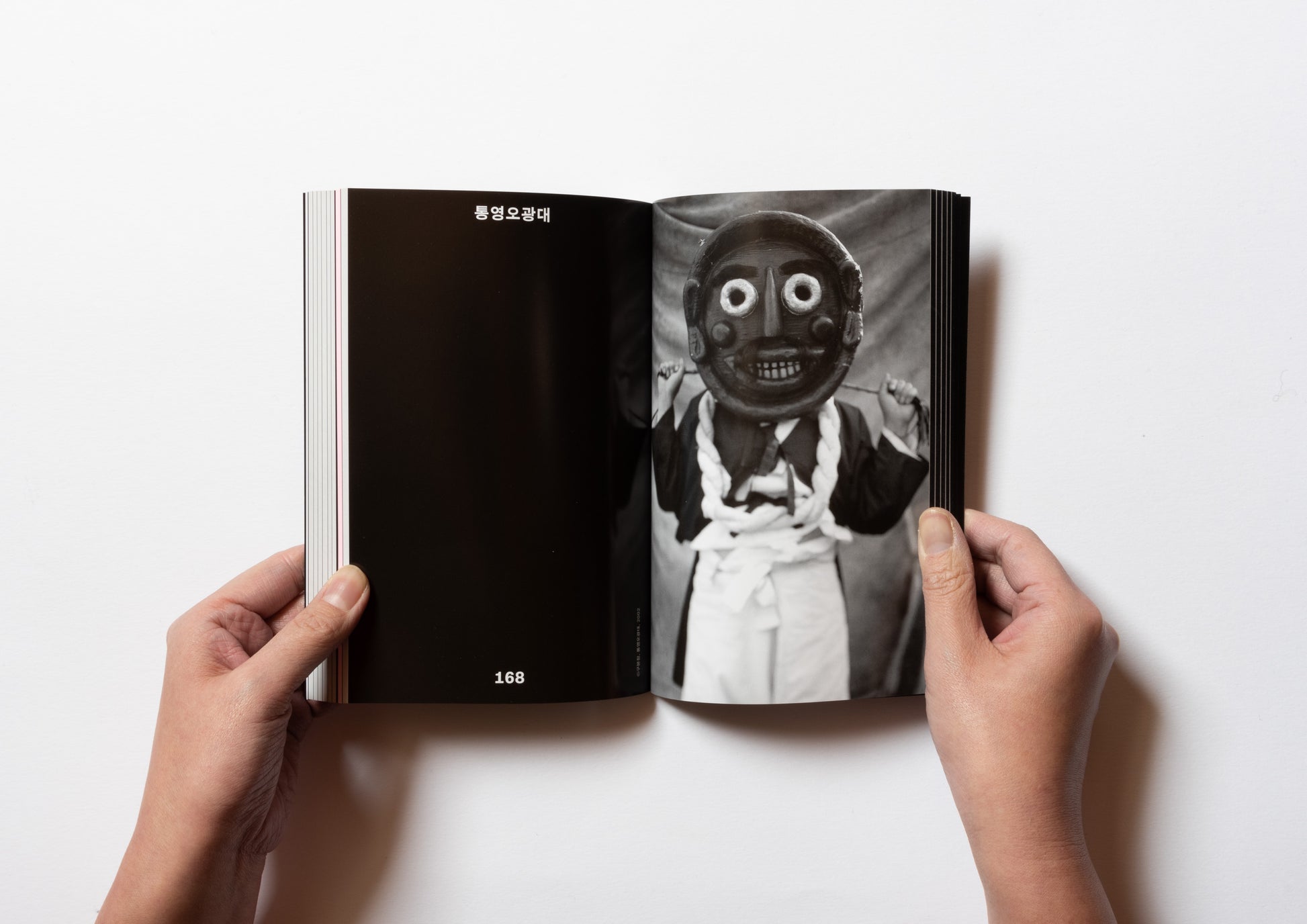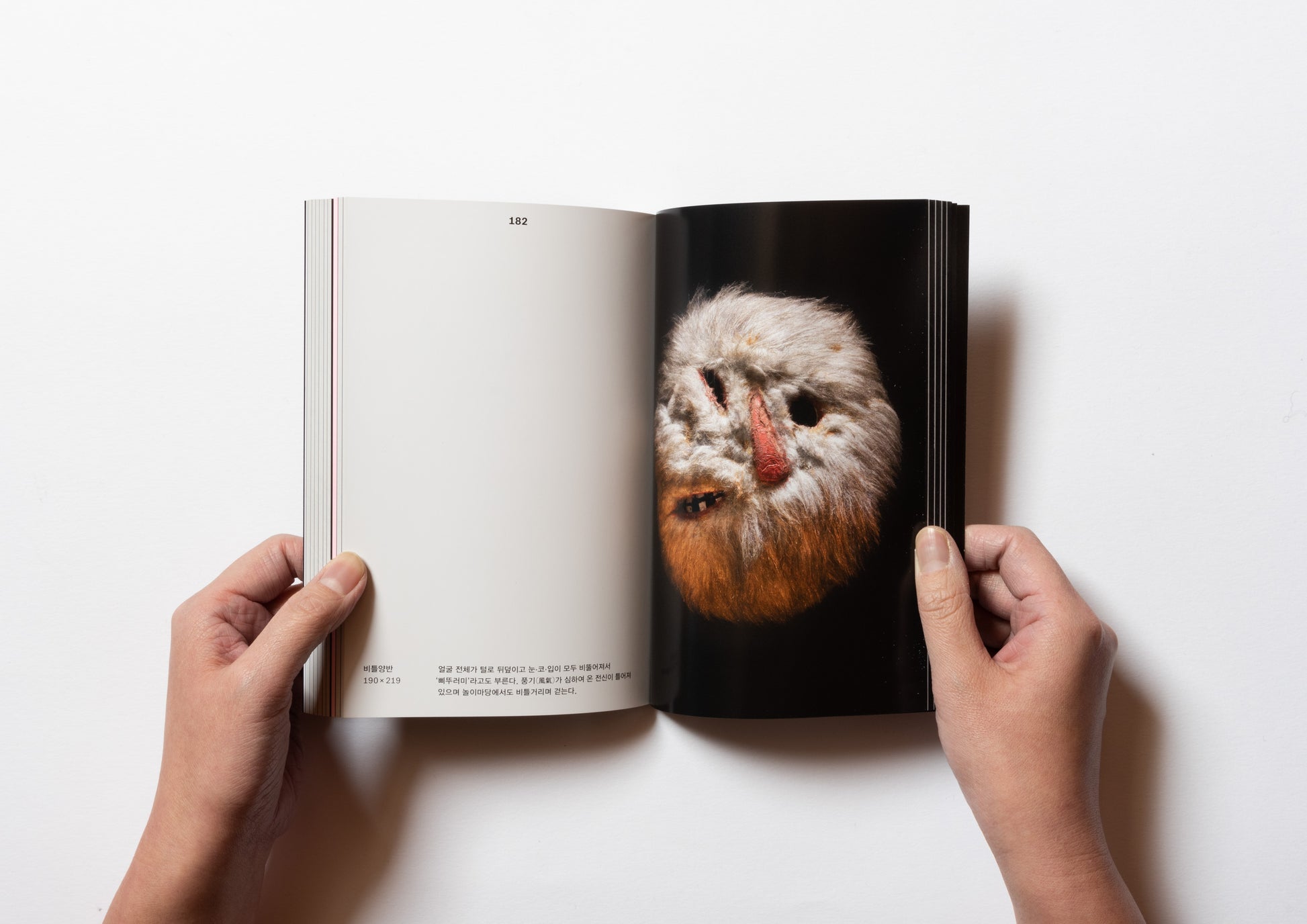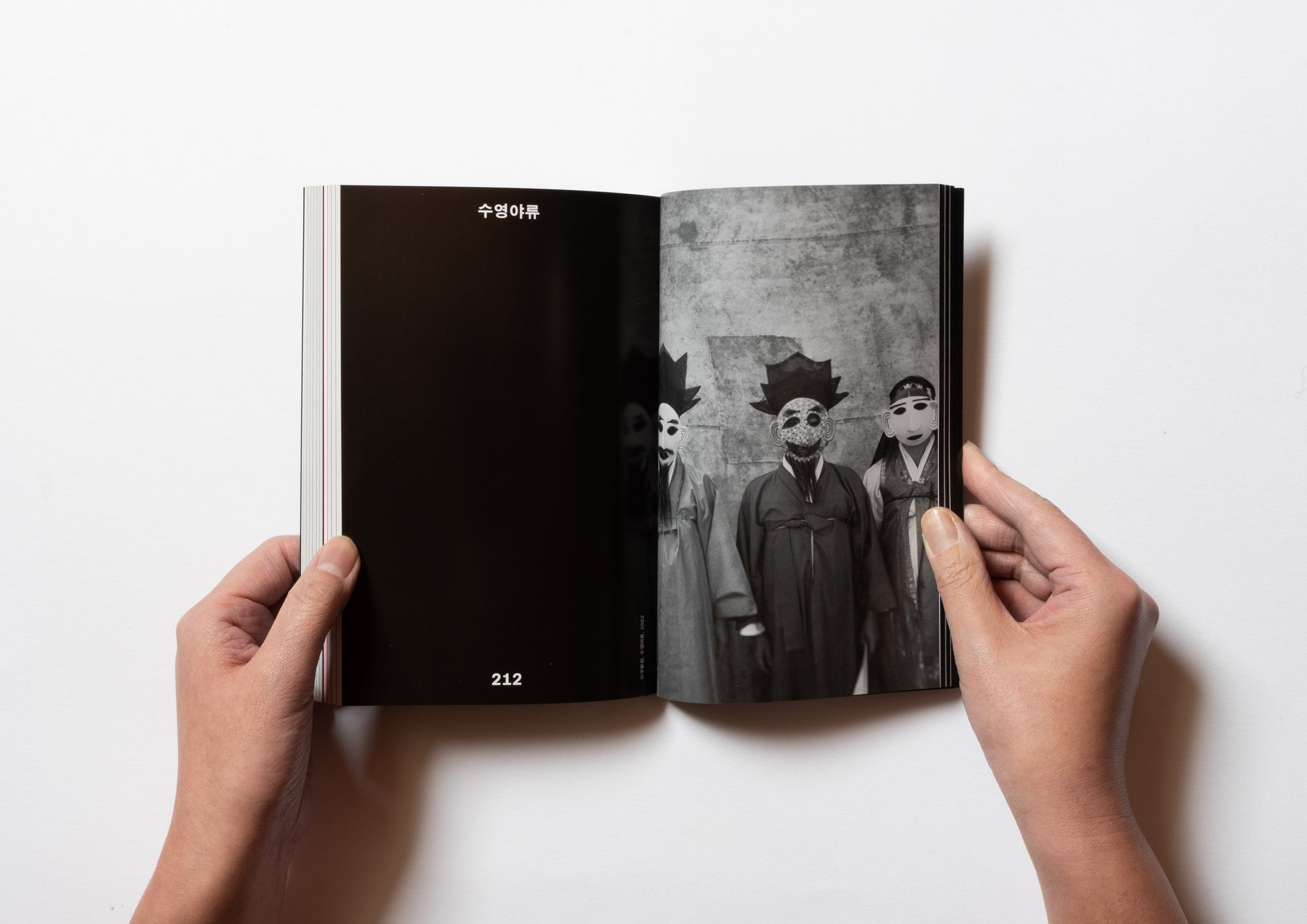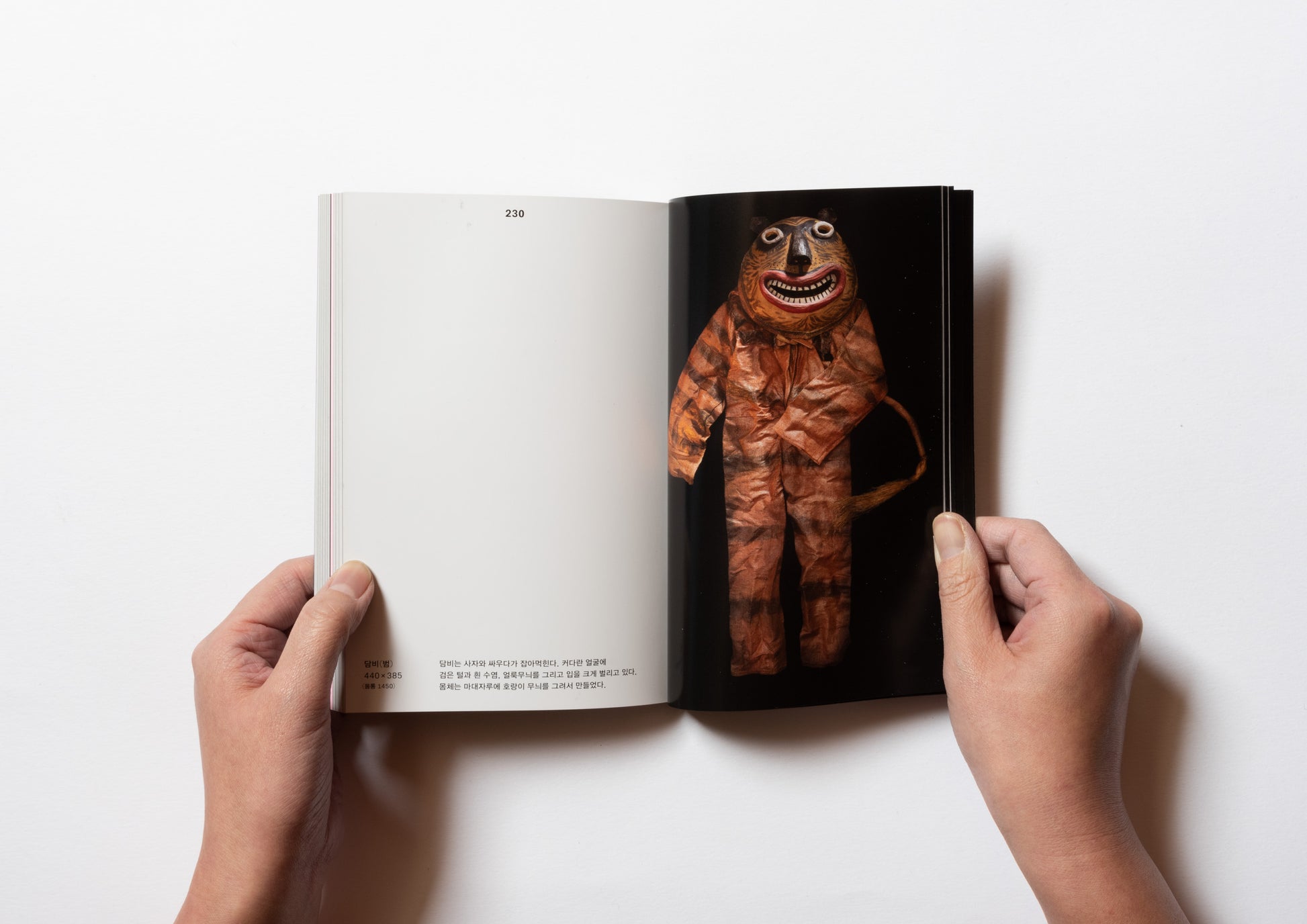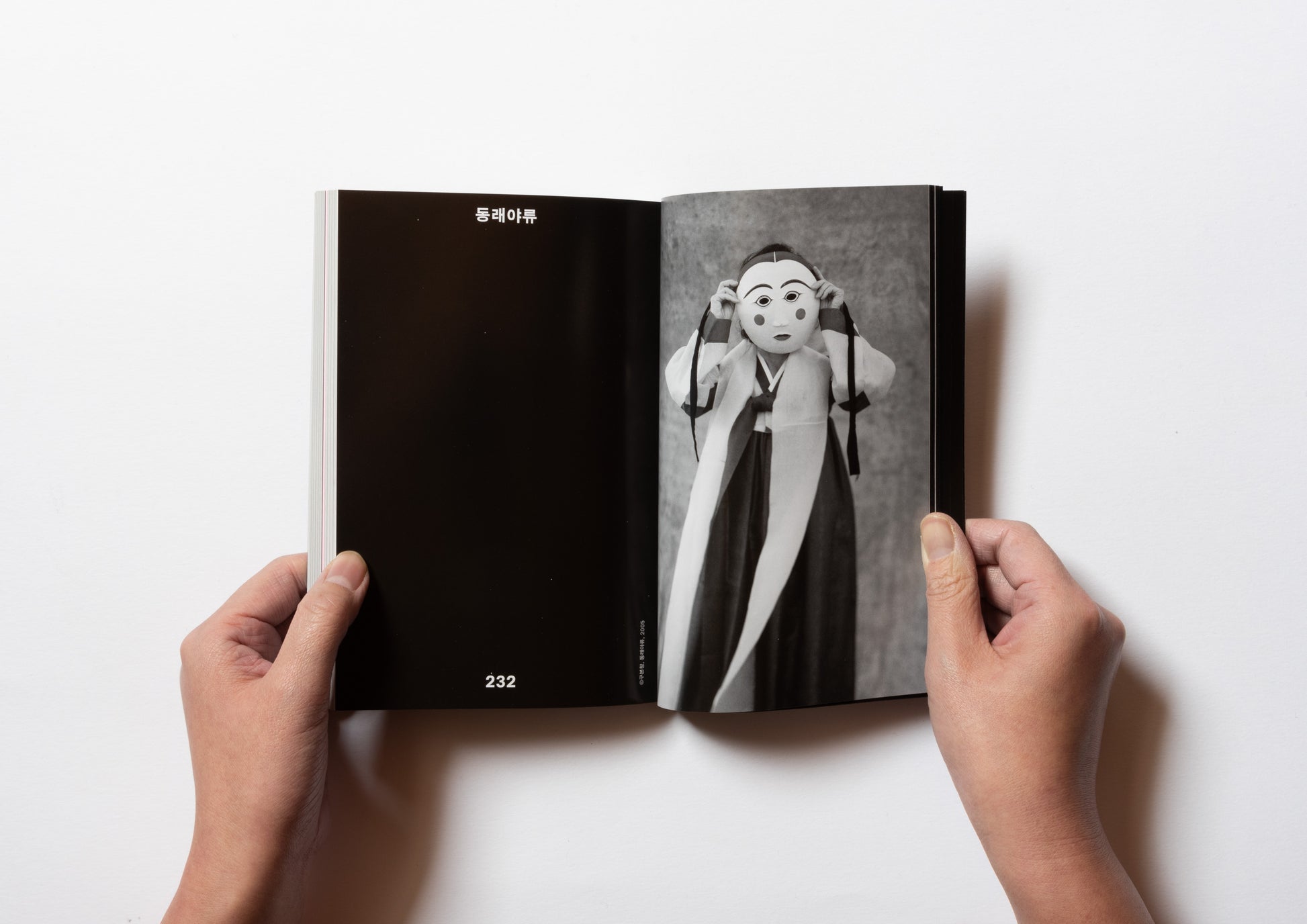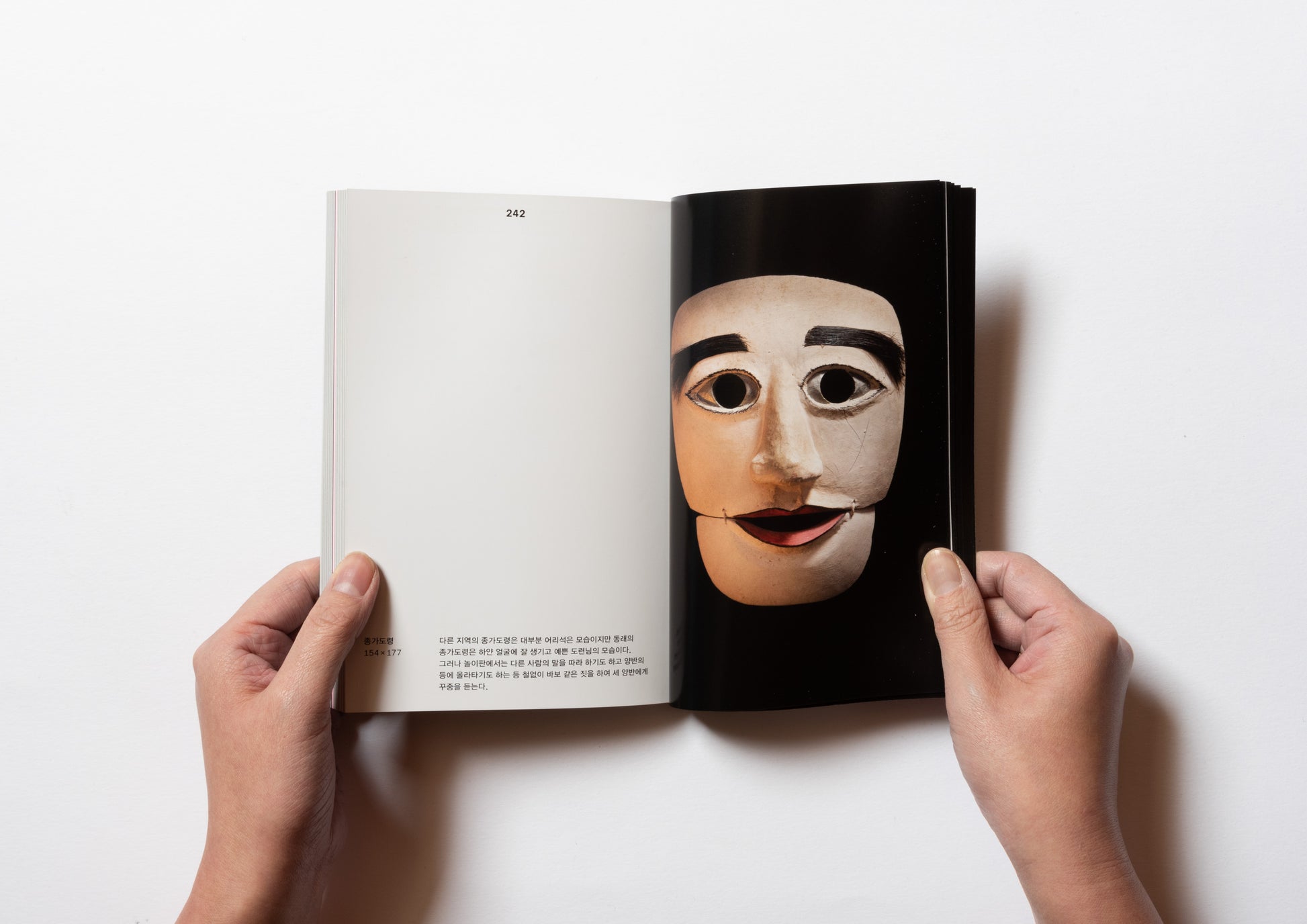Mask Dance
Bibliographic Details
- Title
- Mask Dance
- Author
- Onyang Folk Museum
- Images
- First page of each chapter is photographed by Koo Bohnchang/各章扉の写真:クー・ボンチャン
- Publisher
- Onyang Folk Museum
- Year
- 2017
- Size
- h190 × w125 × d19 mm
- Weight
- 480g
- Pages
- 272
- Language
- Korean/韓国語
- Condition
- New
- ISBN
- 9791195312481
This is a book of Catalogue Commemorating the Museum’s 39th Anniversary.
The less powerful common people
tampering with the rulers, and overthrowing them.
Talchum, a Korean masked play.
This book introduces masks from the collection of Onyang Folk Museum, a private folk art museum in Korea.
In Korea, masked theater is called “Talchum. Tal” refers to the masks and ‘chum’ refers to the dance. Talchum is a popular art form performed by the common people, who have been in a weak and oppressed position in Joseon society since the Three Kingdoms period.
The power of the people, who have lived with the suffering of their ancestors for generations, erupts in a whirlwind of laughter in the open-air madang (square). It is a masked play that is full of ridicule, satire, and laughter.
Many of the masks, made of paper or gourd, are asymmetrical, with unbalanced eyes, noses, and mouths. They are said to represent the faces of the ruling class. The masks are used to imitate the faces of the ruling class, such as the Japanese “hiyottoko,” or fireman, who is possessed by the yappan, or Buddhist priest. In the Korean masked play “Talchum,” no gods appear. The theme is the good and bad things of the human world. The performance is divided into about 10 scenes, with about 10 to 25 performers wearing masks, and 5 to 8 musicians playing lively rhythms and interacting with the performers.
The content is often simple and funny. The plot is that a ruler is put down by a smooth-talking commoner and is eventually insulted.
The audience laughs at this, with gleeful glee in their hearts. The film thoroughly tampers with Confucian thought and the class system, which has determined how things should be, including the status system, social right and wrong, and male-female relationships.
This book introduced masks from the collection of Onyang Folk Museum, including masks from twelve different regions of Korea. These masks were used for mask dramas like Toegyewon sandae nori, Yangju byeolsan daenori, Bongsan talchum, Suyeong yaryu, and Goseong Ogwangdae. The book also includes essays on the history and characteristics of Korean mask dramas.
